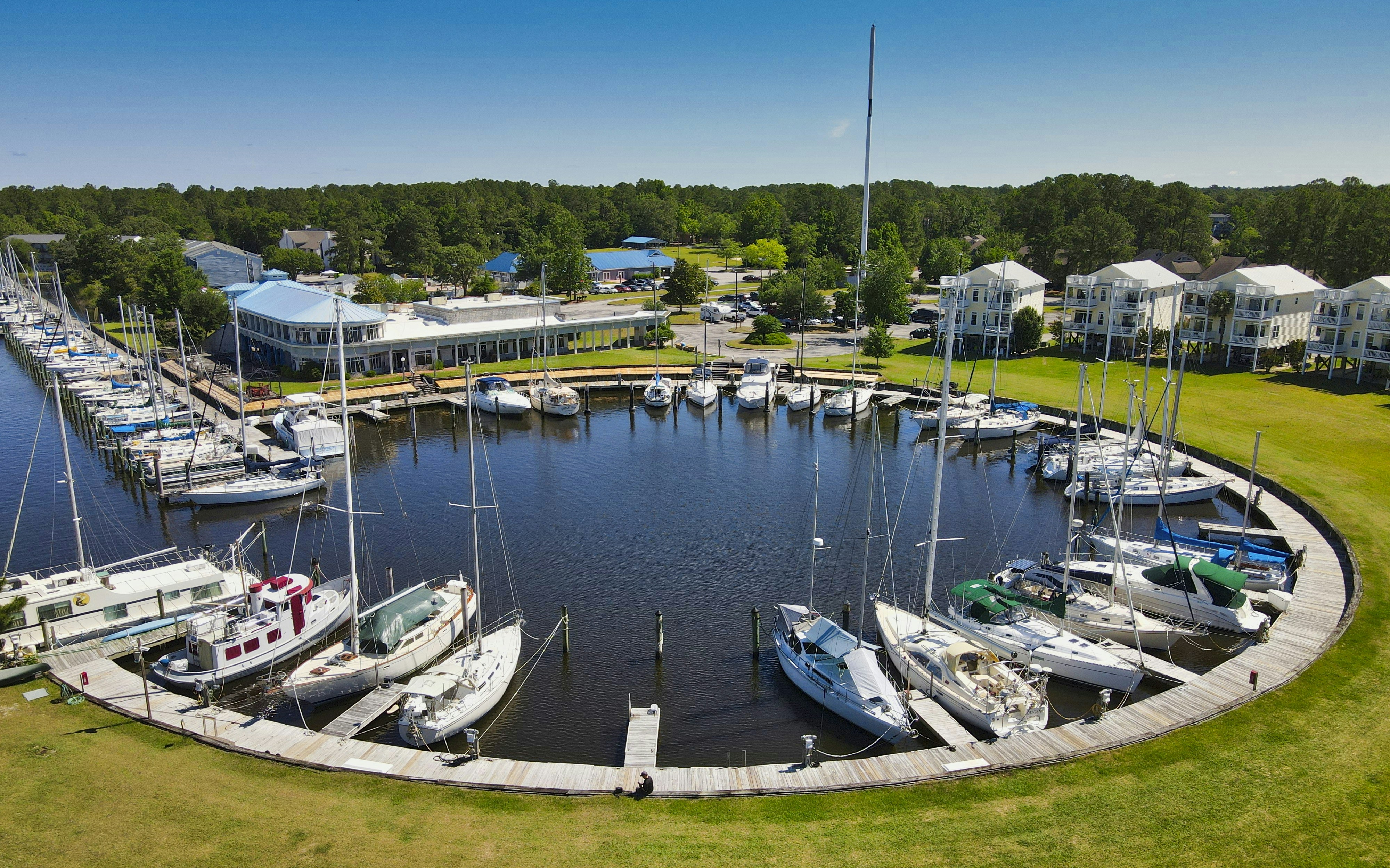The Culture of Boat Clubs: More Than Just Boating
Boat clubs are much more than just a collective of individuals who share a passion for sailing; they represent vibrant communities where friendships and connections flourish. Central to the culture of these clubs is the profound sense of belonging that members experience. The act of sailing itself fosters a shared interest, but it is the multitude of activities and events that cultivate deeper bonds among members. Community dock gatherings serve as pivotal moments, allowing for knowledge exchange and idea sharing, while also providing a space for informal socializing.
During these gatherings, members often discuss their sailing ventures, exchanging tips and experiences that not only enhance their individual skills but also contribute to the collective wisdom of the group. The trust built in these environments is invaluable, as members feel encouraged to rely on one another for support, be it in navigating challenging waters or organizing events. This sense of interdependence among club members strengthens the community as a whole, making it an ideal environment for developing lasting friendships.
Furthermore, events such as themed cruises elevate these connections. Whether it’s a festive holiday voyage or a themed race, these excursions provide opportunities for members to bond through shared experiences outside the usual confines of their routine sailing activities. Such events help reinforce the camaraderie within the club, illustrating that the essence of boat clubs extends far beyond the mechanics of sailing. It’s about shared stories, common goals, and the immense joy of navigating life’s waters together. The culture of boat clubs encapsulates a holistic approach to sailing that celebrates community, trust, and shared experiences, ultimately enriching the lives of all involved.
Shared-Ownership Models: Building Trust and Commitment
Shared ownership models within boat clubs present a transformative way for members to engage with both the vessels and each other. By distributing the responsibilities and financial obligations associated with boat ownership, these models foster an environment of trust and collaboration among members. Typically, a group of individuals invests collectively in a single boat, thus alleviating the burden of sole ownership. This approach not only democratizes access to boating experiences but also cultivates a sense of community among participants.
The mechanics of shared ownership generally involve pooling resources for the purchase and maintenance of the boat. Costs such as leasing, insurance, and upkeep are divided among the members, making boating more affordable. Each member typically has a designated schedule for usage, which promotes accountability and respect for each other’s time on the water. This structure encourages frequent communication and coordination, further enhancing the bonds among members. As individuals work together to manage the boat, they naturally develop a stronger sense of commitment to one another and to the club as a whole.
One of the most significant benefits of this model is the shared experience it brings. Many members report that the collaborative nature of shared ownership reduces feelings of isolation and increases enthusiasm for participation. Personal testimonials often highlight the friendships formed through shared boating adventures, which lead to lifelong relationships. Members frequently recount stories of, not only navigating challenging waters together but also celebrating milestones, such as birthdays or family gatherings, aboard their collective vessel. Such experiences contribute to a vibrant club community, ensuring that relationships are nurtured both on and off the water.
Safety Training: Empowering Members for Adventure
Safety training is a fundamental aspect of life in boat clubs, playing an essential role in preparing members for adventures on the water. The primary goal of these training programs is to empower individuals with the knowledge and skills necessary to navigate different boating situations confidently and safely. Various types of safety training are offered, ranging from basic boating safety courses to more advanced sessions that cover emergency preparedness, navigation, and weather interpretation.
Basic boating safety courses typically cover vital topics such as life jacket usage, understanding navigation rules, and recognizing potential hazards on the water. These sessions educate members about the various risks involved in boating and promote responsible behavior. Additionally, more advanced courses delve into specialized areas such as first aid, man-overboard recovery, and the operation of safety equipment, ensuring that members are well-equipped to handle unforeseen emergencies effectively.
Building a supportive community among members is another significant benefit of safety training. During training sessions, members come together to learn, share experiences, and collaborate on practical exercises. This camaraderie fosters relationships that extend beyond safety protocols and into social interactions. As members engage in hands-on training, they develop not only new skills but also a sense of belonging and trust in each other’s capabilities. This bond can translate into a more cohesive group environment during boating trips, where members communicate effectively and look out for one another.
Overall, the correlation between safety training and confidence-building is clear. Knowledge of safety protocols not only prepares members for the adventures ahead but also allows them to enjoy the experience more fully. By participating in these essential training programs, boat club members embark on their aquatic journeys well-prepared, cultivating a culture of safety and camaraderie that enriches their collective experiences on and off the water.
Social Events: Creating Unforgettable Experiences
Boat clubs are renowned not only for their access to watercraft and sailing opportunities but also for the vibrant social events that they organize throughout the year. These gatherings are essential in fostering a sense of community among members, often serving as the backbone of club culture. From informal barbecues to formal regattas, these events are designed to bring members together, encouraging interaction and camaraderie beyond the usual boating context.
One of the hallmark social events in many boat clubs is the barbecue, where members come together to enjoy food, music, and each other’s company. This relaxed environment allows individuals to forge new friendships while strengthening existing connections. The appeal of these barbecues lies in their casual nature, making them accessible to members of all ages and backgrounds. Such informal gatherings are crucial for new members, providing a welcoming space to integrate into the club’s social fabric.
Regattas, on the other hand, present an opportunity to merge competitive spirit with social interaction. These sailing competitions draw in not just participants but also families and friends, creating a lively atmosphere filled with enthusiasm. The event often includes associated festivities onshore, such as awards ceremonies and themed parties, which help to further engrain participants into the club community. By celebrating both the victories and the experiences shared during the races, members often find themselves forming deeper bonds.
Themed parties introduce a fun element that encourages creativity and expression within the membership. From holiday celebrations to costume parties, these events provide unique experiences that serve as conversation starters and promote lasting friendships. The shared joy associated with these occasions not only enhances member retention but also cultivates an inviting environment where relationships flourish. Overall, the variety of social events organized by boat clubs is instrumental in creating unforgettable experiences, ultimately strengthening bonds among members and enriching the club’s culture.

